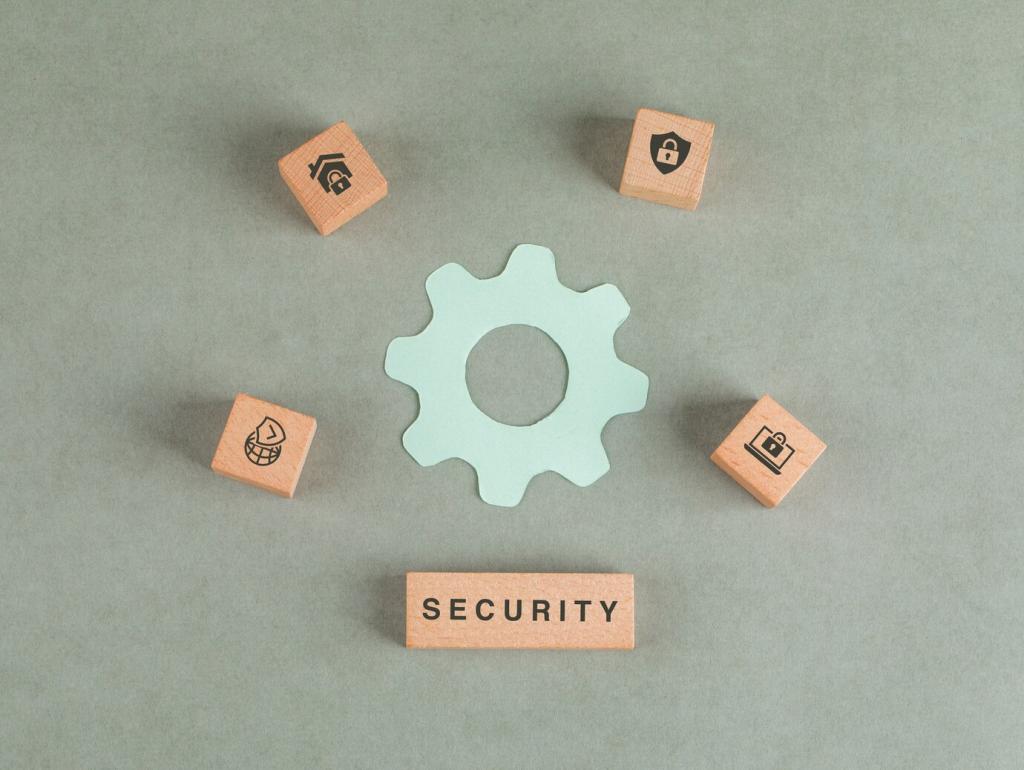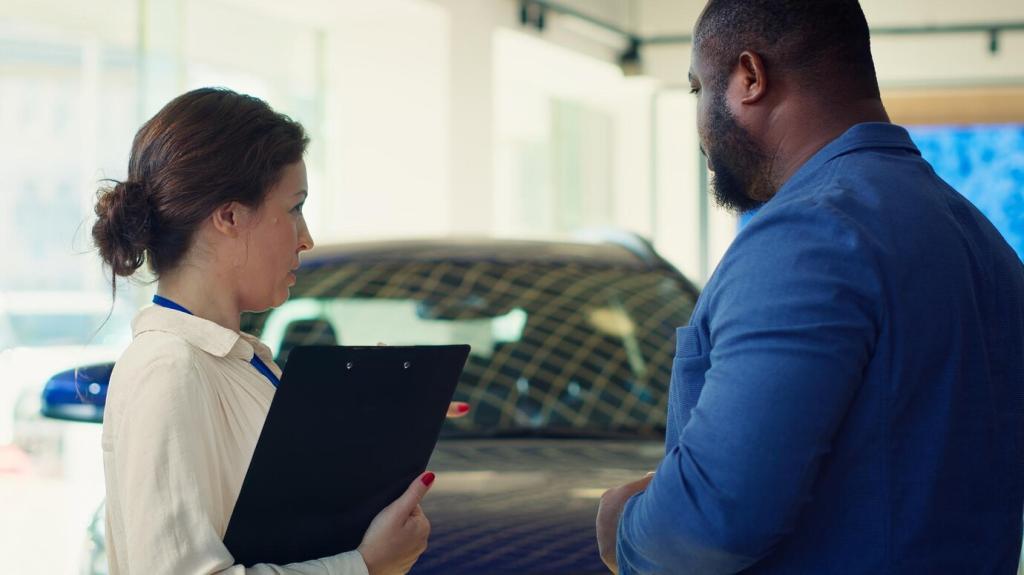Plan and Prep: Tools, Measurements, and Safety
A sturdy dolly, work gloves, level, stud finder, hammer drill, appropriate bits, vacuum, anchors, shims, and painter’s tape make a tough job manageable. Add a flashlight and knee pads. What’s your must-have tool for tight, awkward spaces?
Plan and Prep: Tools, Measurements, and Safety
Confirm that the door opens fully, hinges clear obstacles, and shelves slide easily. Consider baseboards, thresholds, and closet jambs. Tape out the footprint to visualize movement. Share your floor plan and we’ll help spot clearance surprises together.



